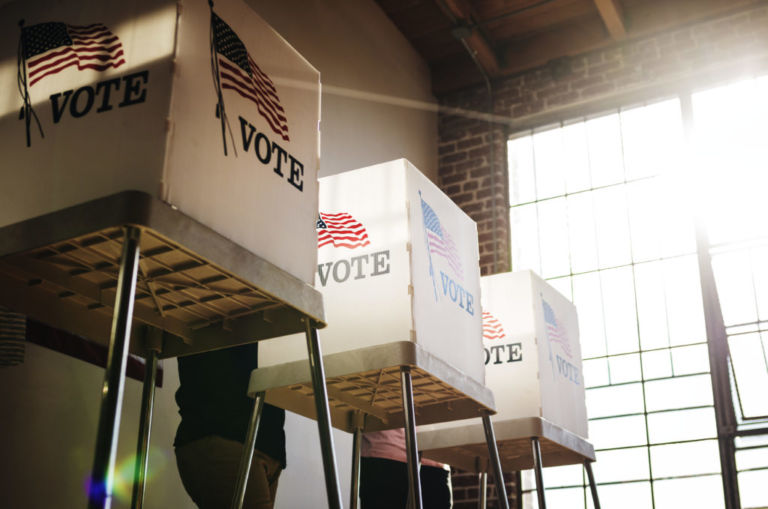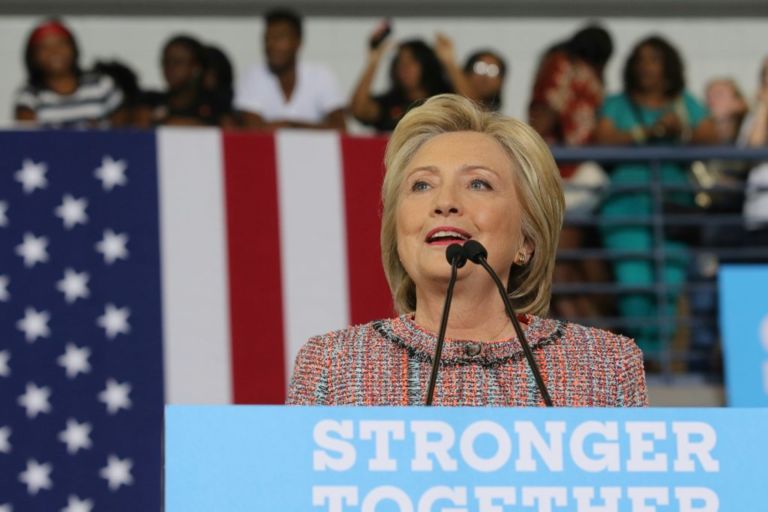This week, President Obama issued an order directing executive departments and agencies to:
(i) identify policies, programs, and operations where applying behavioral science insights may yield substantial improvements in public welfare, program outcomes, and program cost effectiveness;
(ii) develop strategies for applying behavioral science insights to programs and, where possible, rigorously test and evaluate the impact of these insights;
(iii) recruit behavioral science experts to join the Federal Government as necessary to achieve the goals of this directive; and
(iv) strengthen agency relationships with the research community to better use empirical findings from the behavioral sciences.
The order also creates a “Social and Behavioral Sciences Team (SBST)” to “help and guide” the agencies as they implement the directive.
The President explains and justifies his order by saying:
A growing body of evidence demonstrates that behavioral science insights — research findings from fields such as behavioral economics and psychology about how people make decisions and act on them — can be used to design government policies to better serve the American people….
To more fully realize the benefits of behavioral insights and deliver better results at a lower cost for the American people, the Federal Government should design its policies and programs to reflect our best understanding of how people engage with, participate in, use, and respond to those policies and programs. By improving the effectiveness and efficiency of Government, behavioral science insights can support a range of national priorities, including helping workers to find better jobs; enabling Americans to lead longer, healthier lives; improving access to educational opportunities and support for success in school; and accelerating the transition to a low-carbon economy.
This move does not come as a surprise. Cass Sunstein, who was the head of the Office of Information and Regulatory Affairs during Obama’s first term, is one of the founders of behavioral economics and a co-author of Nudge: Improving Decisions About Health, Wealth, and Happiness, a book about how to use social and behavioral science to encourage people to make better decisions. Nevertheless, this hardly seems like an auspicious time to formalize a behavioral science approach to regulation.
Last month the New York Times reported that:
The past several years have been bruising ones for the credibility of the social sciences. A star social psychologist was caught fabricating data, leading to more than 50 retracted papers. A top journal published a study supporting the existence of ESP that was widely criticized. The journal Science pulled a political science paper on the effect of gay canvassers on voters’ behavior because of concerns about faked data.
Now, a painstaking yearslong effort to reproduce 100 studies published in three leading psychology journals has found that more than half of the findings did not hold up when retested.
And just this week a group of distinguished academics released a paper investigating one of the reasons for such poor performance: the almost complete lack of political diversity within the discipline:
This article reviews the available evidence and finds support for four claims: 1) Academic psychology once had considerable political diversity, but has lost nearly all of it in the last 50 years; 2) This lack of political diversity can undermine the validity of social psychological science via mechanisms such as the embedding of liberal values into research questions and methods, steering researchers away from important but politically unpalatable research topics, and producing conclusions that mischaracterize liberals and conservatives alike; 3) Increased political diversity would improve social psychological science by reducing the impact of bias mechanisms such as confirmation bias, and by empowering dissenting minorities to improve the quality of the majority’s thinking; and 4) The underrepresentation of non- liberals in social psychology is most likely due to a combination of self-selection, hostile climate, and discrimination.


